Box turtles are fascinating reptiles with complex needs that have adapted to specific environments over millions of years of evolution. Unfortunately, many well-meaning pet owners house these creatures in enclosures that are far too small, not understanding the profound negative impact this has on their physical and psychological well-being. While these turtles may seem small and slow-moving, they naturally roam extensive territories in the wild, exploring diverse habitats and engaging in a variety of natural behaviors. This article explores why providing adequate space is absolutely crucial for box turtles’ health, happiness, and longevity, and why small enclosures simply cannot meet their basic needs as living beings deserving of proper care.
Natural Habitat and Roaming Behavior

In their natural environment, box turtles are surprisingly active explorers that regularly traverse large territories. Eastern box turtles typically maintain home ranges spanning 2-10 acres, with some individuals covering even larger areas throughout their lifetime. These turtles don’t wander aimlessly but follow established patterns within their territory, visiting favorite basking spots, water sources, and feeding areas that they remember with impressive spatial awareness. During their daily explorations, they may cover hundreds of feet, digging in leaf litter, investigating logs, and foraging for a diverse range of foods that keep their diet balanced. This extensive roaming isn’t just exercise—it’s fundamentally connected to how box turtles experience their world, process information, and maintain physical health.
Physical Health Implications of Confinement

Confining box turtles to small enclosures directly impacts their physical development and overall health in numerous detrimental ways. Without adequate space for regular movement, these reptiles commonly develop muscle weakness and atrophy that can lead to difficulty walking and reduced mobility over time. Their metabolic processes also suffer, contributing to obesity and related health complications like fatty liver disease when they cannot exercise properly. Shell deformities may develop when turtles are kept in cramped quarters without proper exercise, particularly in growing juveniles whose shells are still forming. Perhaps most concerning, the stress of confinement can significantly compromise their immune system, making them more susceptible to respiratory infections, shell rot, and other preventable diseases that rarely affect wild box turtles with adequate space.
Psychological Impact on Box Turtles

The psychological effects of spatial restriction on box turtles are profound though often overlooked by owners. These intelligent creatures can experience significant stress and anxiety when unable to express natural behaviors in confined environments, sometimes manifesting as repetitive movements, shell banging, or excessive digging at enclosure walls. Box turtles have evolved cognitive abilities that allow them to create detailed mental maps of their territory, and without sufficient space to exercise these abilities, they can experience cognitive decline similar to that seen in other captive wildlife. Many behaviorists now recognize that reptiles, including turtles, can experience boredom and frustration when their environmental needs aren’t met, leading to a poor quality of life. Long-term psychological stress from confinement has been linked to reduced lifespan in captive turtles, with spatially restricted individuals often living significantly shorter lives than their properly housed counterparts.
Temperature Gradient Requirements

Small enclosures make it physically impossible to establish the critical temperature gradients that box turtles require for proper thermoregulation. These ectothermic creatures need access to a range of temperatures within their habitat, typically spanning from the low 70s to the high 80s Fahrenheit, allowing them to move between warmer and cooler areas as needed to regulate their body temperature. Without sufficient space to create these varied microhabitats, turtles may be forced to remain in temperatures that are consistently too hot or too cold, disrupting their metabolism, digestion, immune function, and activity levels. In the wild, box turtles might move between sunny clearings and shaded forest floor multiple times daily, a behavior impossible to replicate in small tanks or containers. This inability to properly thermoregulate in confined spaces can lead to chronic stress and significantly reduced lifespan, with some experts estimating that improper temperature management may cut a box turtle’s potential lifespan by more than half.
Humidity and Microhabitat Diversity
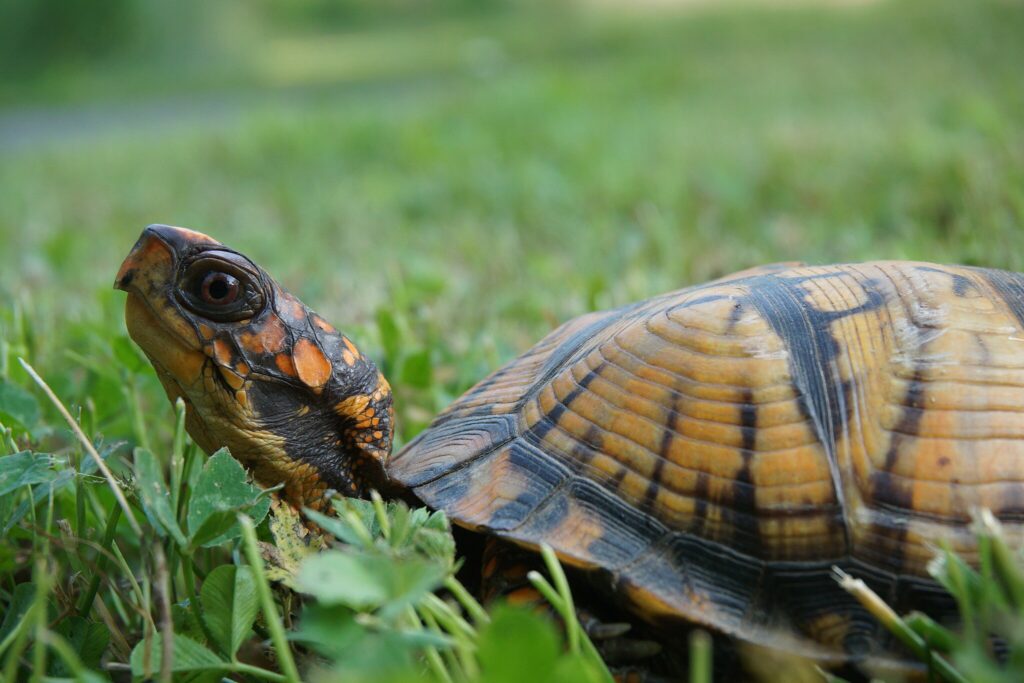
Box turtles require varied humidity levels within their enclosure, something that’s nearly impossible to achieve in small spaces. In natural settings, these turtles move between areas of different moisture levels throughout the day, from damper soil where they can hydrate and cool down to drier patches for basking and reducing the risk of shell fungi. Small enclosures create a uniform environment where the entire habitat remains at essentially the same humidity level, preventing the turtle from selecting the appropriate microclimate for its current needs. This lack of humidity variation can lead to respiratory problems, shell issues, and dehydration or over-hydration depending on the maintained level. Additionally, cramped quarters prevent the creation of diverse substrate depths, limiting natural behaviors like digging burrows for temperature regulation, hibernation preparation, or stress relief, which further impacts both physical and psychological health.
Dietary Variety and Foraging Behavior
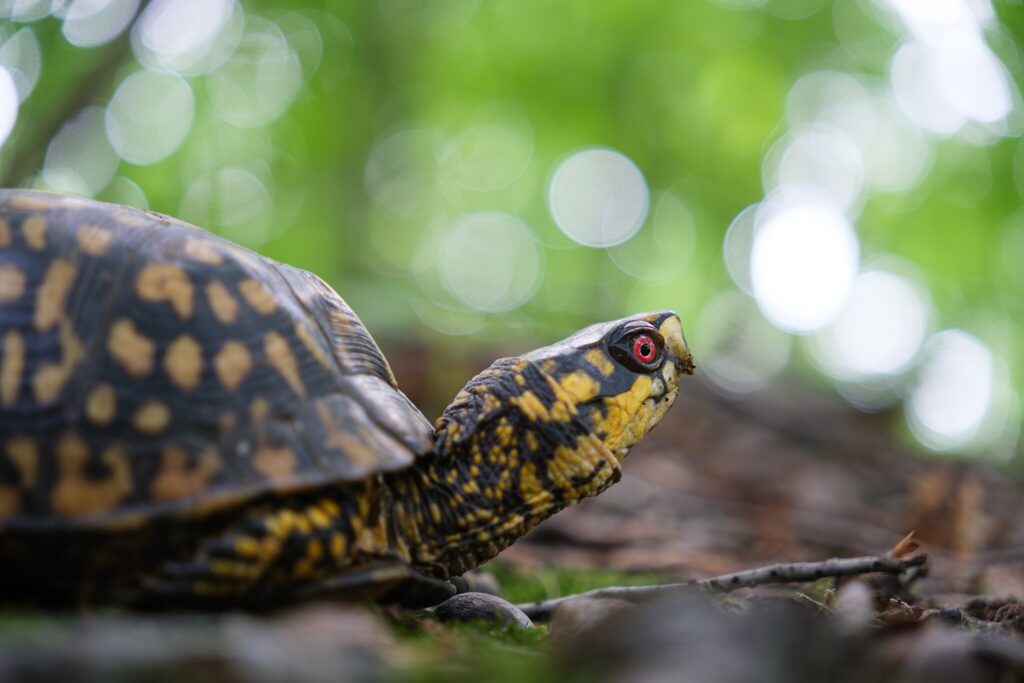
Box turtles are natural foragers that have evolved to spend significant portions of their day searching for a wide variety of food items across their territory. In small enclosures, this crucial foraging behavior is severely restricted, leading to boredom and frustration as the turtle is denied one of its most fundamental natural activities. Even with a nutritionally complete diet provided by owners, the mental stimulation of searching for food is absent, which can contribute to behavioral problems and reduced activity levels. Wild box turtles may consume dozens of different food items throughout the seasons, including insects, berries, mushrooms, flowers, and carrion they encounter during their explorations. In contrast, confined turtles often receive their food in a single dish in the same location, eliminating both the exercise component and the cognitive benefits associated with the search and discovery process that forms a significant part of their natural behavioral repertoire.
Growth and Development Concerns

Juvenile box turtles are particularly vulnerable to the negative effects of spatial restriction during their critical growth periods. Young turtles kept in small enclosures frequently develop abnormal shell growth patterns, including pyramiding (where scutes grow upward rather than outward) and asymmetrical development that can cause lifelong health problems. The limited exercise available in confined spaces fails to provide the physical activity necessary for proper bone and muscle development, potentially leading to permanent mobility issues. Studies have shown that box turtles raised in spacious, naturalistic enclosures achieve healthier growth rates and develop fewer health problems than those raised in small habitats. Additionally, the stress of confinement during development can permanently alter a turtle’s behavior patterns and stress responses, creating lifelong impacts even if housing conditions improve later.
Minimum Space Requirements
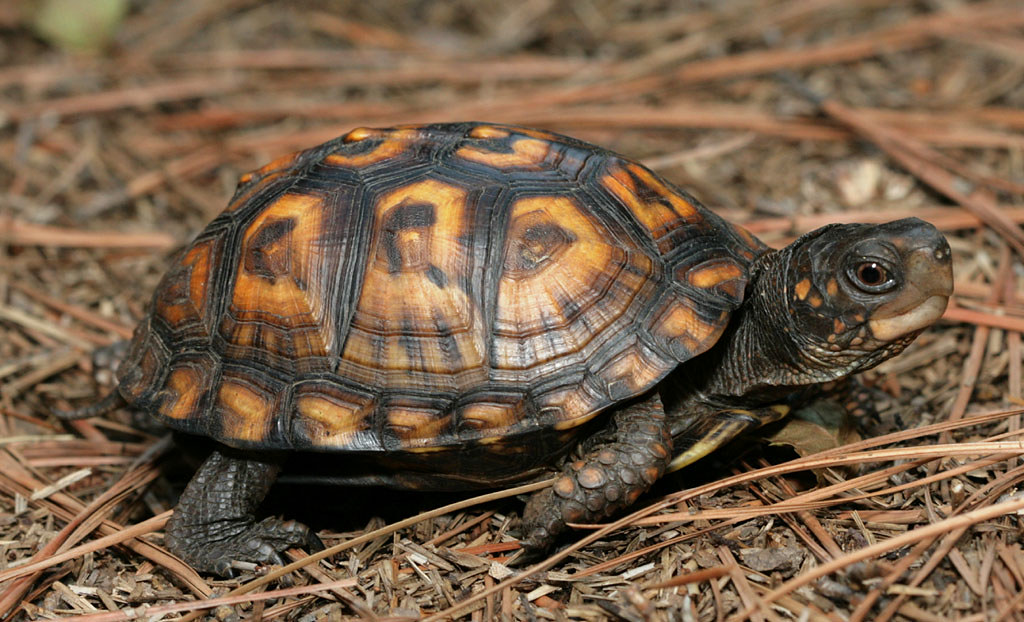
Experts now recommend significantly larger minimum enclosure sizes than were historically considered acceptable for box turtles in captivity. For a single adult box turtle, the absolute minimum recommended space is approximately 4 feet by 8 feet (32 square feet), with many reptile specialists suggesting that even larger enclosures of 48-64 square feet represent a more appropriate baseline. These dimensions should be considered the starting point rather than the ideal, particularly for larger subspecies like the Eastern box turtle that naturally cover more ground in the wild. Multiple turtles require proportionally more space, with an additional 50-100% area recommended for each additional turtle to prevent territorial conflicts and resource competition. Outdoor enclosures, when climate-appropriate and securely predator-proofed, allow for the most natural conditions and should be as large as practically possible, ideally measured in hundreds rather than tens of square feet.
Natural Behaviors That Require Space

Box turtles engage in numerous space-dependent behaviors that are completely impossible in small enclosures, regardless of how enriched the environment might otherwise be. Courtship rituals involve males pursuing females across significant distances, circling behaviors, and complex movements that require adequate space to be expressed properly. Seasonal burrowing activities, where turtles may dig multiple test burrows before selecting their hibernation or estivation site, require varied substrate areas and depths. Some box turtles also engage in climbing behaviors when appropriate structures are available, particularly younger individuals who benefit from this form of exercise and environmental interaction. Perhaps most importantly, box turtles make active choices about their microenvironment throughout the day, moving to maintain optimal body temperature, hydration, and comfort—a fundamental aspect of their behavior that small enclosures entirely prevent.
Enrichment Requirements

Proper enrichment for box turtles extends far beyond simply adding decorative items to a small tank—it requires sufficient space to create genuinely varied environments that stimulate natural behaviors. An adequate enclosure should include multiple hiding spots distributed throughout the habitat, various substrate types from leaf litter to sandy areas, and different elevations created with safe climbing structures. Water features should be positioned away from heat sources, creating distinct microhabitats that the turtle can choose between based on its needs. Regular rearrangement of habitat features helps stimulate exploratory behavior and prevents the cognitive decline associated with unchanging environments. Even with extensive enrichment items, however, a small enclosure will always remain fundamentally inadequate because the turtle lacks the basic freedom of movement and choice that forms the foundation of their behavioral needs.
Common Housing Misconceptions
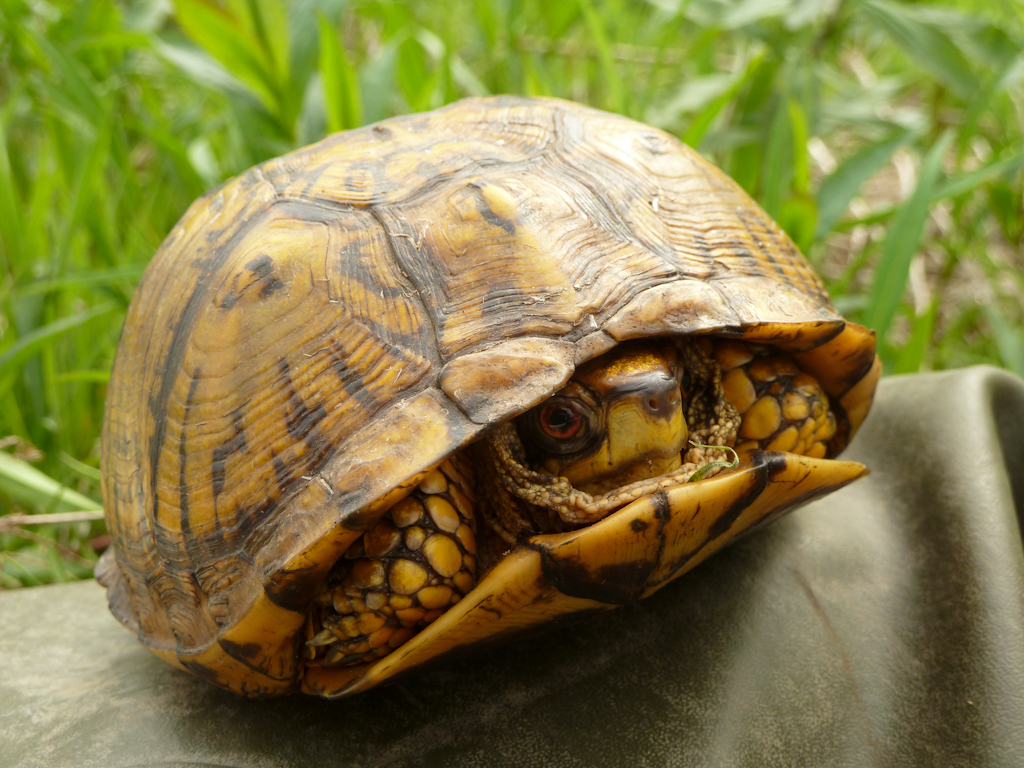
Many box turtle owners mistakenly believe that small habitats are acceptable because their pet “seems fine” or “doesn’t move much anyway.” This dangerous misconception often stems from misinterpreting stress-induced inactivity as contentment or natural behavior. A turtle that remains motionless for extended periods in a small enclosure is typically exhibiting learned helplessness rather than satisfaction with its environment. Another common myth is that providing a turtle with occasional outdoor time compensates for a cramped permanent enclosure, when in reality, consistent appropriate housing is necessary for proper health. Some owners erroneously believe that since box turtles hide frequently in the wild, they don’t need much space—failing to understand that hiding behavior is part of a complex activity pattern that includes extensive exploration. Perhaps most concerning is the persistent misconception that box turtles “grow to the size of their enclosure,” a completely false belief that has led countless turtles to be housed in cruelly inadequate conditions.
Ethical Considerations of Box Turtle Keeping
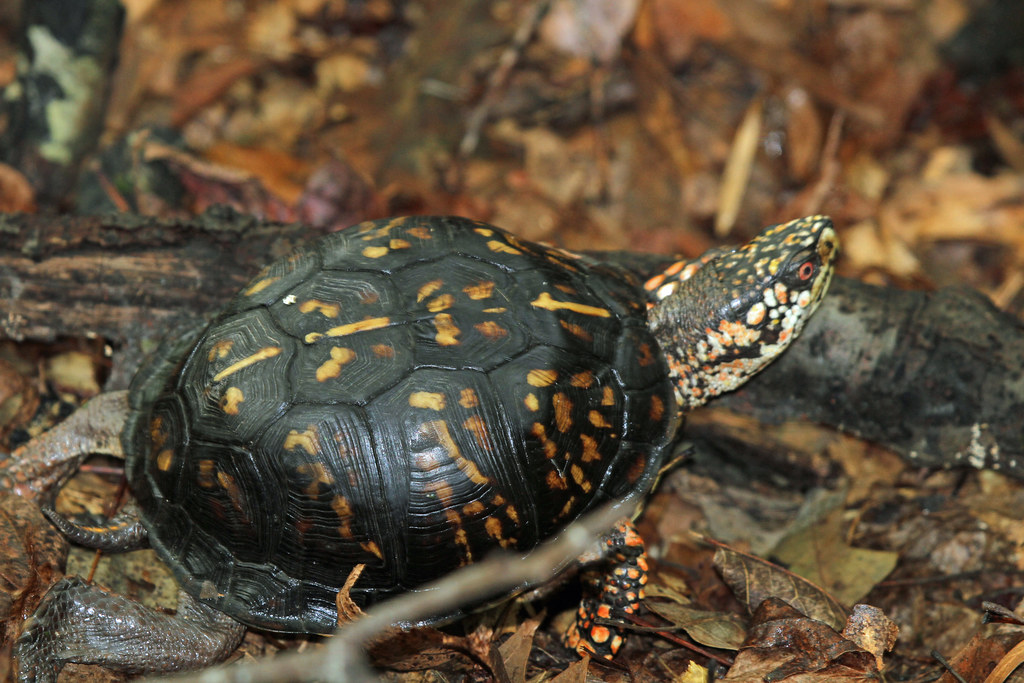
Keeping box turtles in small enclosures raises significant ethical concerns about our responsibility toward the animals in our care. Box turtles are long-lived creatures, potentially surviving 40-100 years in proper conditions, meaning housing decisions have extraordinarily long-term consequences for their welfare. Many wildlife rehabilitators report that improperly housed pet box turtles show signs of chronic stress and suffering similar to those observed in other animals kept in confinement, raising questions about whether keeping them in spatially restricted environments constitutes a form of cruelty regardless of intention. With wild box turtle populations declining across their range due to habitat loss and collection for the pet trade, there’s an additional ethical dimension to ensuring captive individuals receive care that respects their biological needs. Responsible turtle keeping requires an honest assessment of whether we can provide the space and environment these animals truly need, not just what is convenient or affordable for the keeper.
Creating Appropriate Box Turtle Habitats
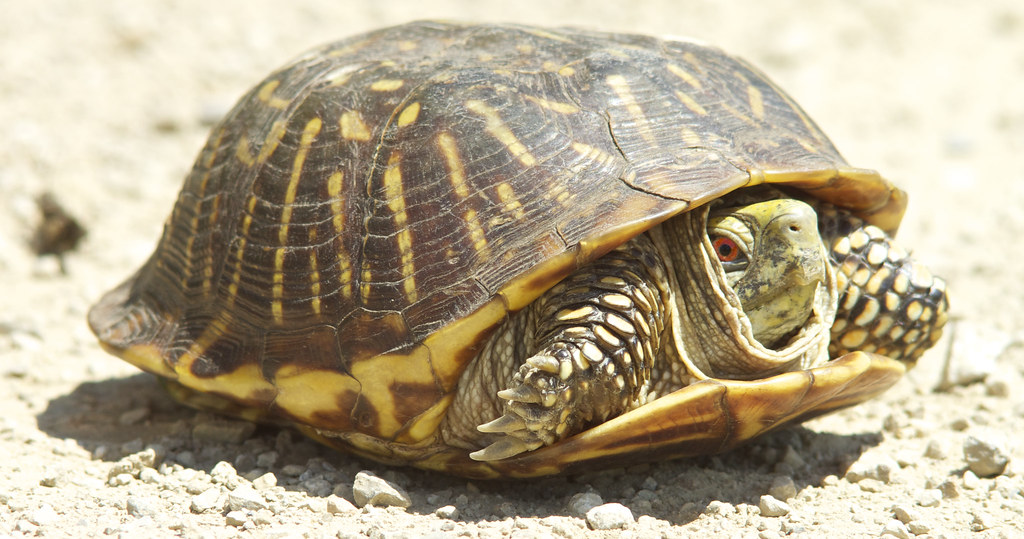
Creating an appropriate habitat for box turtles involves far more than simply purchasing a larger enclosure—it requires thoughtful design that mimics the complexity of their natural environment. Outdoor pens in suitable climates provide the most natural conditions, with secure fencing extending at least 12 inches underground to prevent escape through digging and at least 18 inches above ground, angled inward to prevent climbing out. For indoor housing, custom-built enclosures are typically necessary to provide adequate space, as commercially available reptile tanks rarely offer sufficient room for proper box turtle care. The habitat should include varied lighting zones, multiple hiding spots, diverse vegetation (live plants when possible), and different substrate depths ranging from shallow areas to sections deep enough for complete burrowing. Water features should be shallow enough to prevent drowning while allowing the turtle to fully submerge, and the entire habitat should be designed with the turtle’s perspective in mind—creating a world they can actively explore and interact with rather than simply exist within.
Conclusion
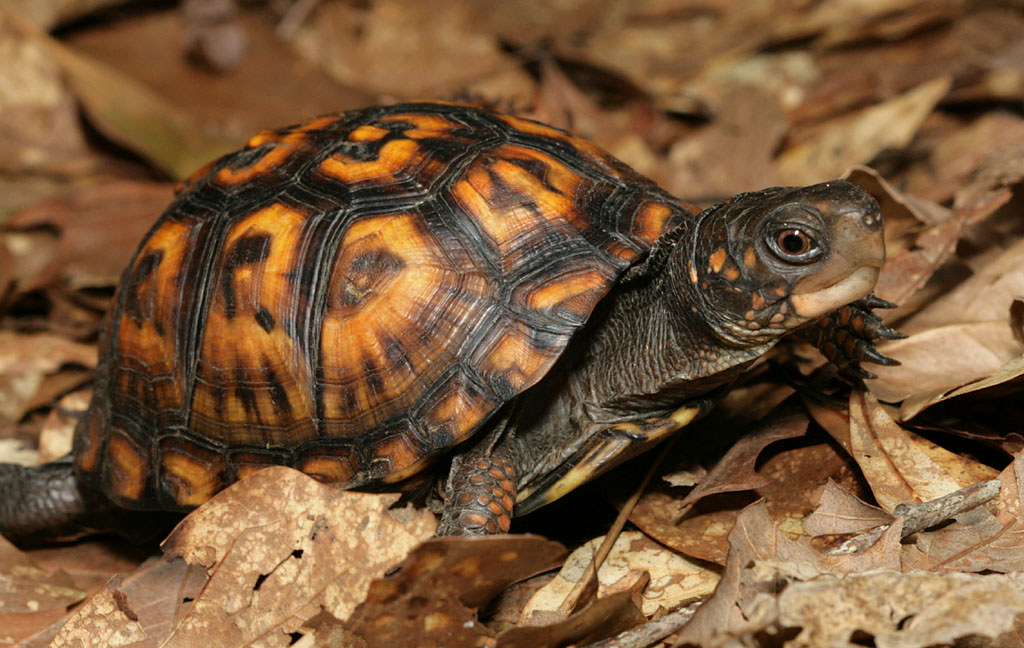
The evidence is overwhelming that box turtles require spacious enclosures to thrive in captivity. Small habitats fundamentally fail to meet their complex physical, psychological, and behavioral needs, leading to a cascade of health problems and significantly reduced quality of life. As our understanding of reptile cognition and welfare advances, we must evolve our care practices accordingly, recognizing that these remarkable animals deserve environments that respect their natural behaviors and biological requirements. For potential box turtle keepers, the message is clear: if you cannot provide adequate space—measured in many square feet rather than inches—you should reconsider whether keeping a box turtle is appropriate. These animals can be rewarding companions for decades when properly housed, but their well-being should never be compromised for human convenience or aesthetic preferences. Our responsibility as keepers is to provide not just the minimum for survival, but the conditions necessary for these ancient creatures to truly thrive.

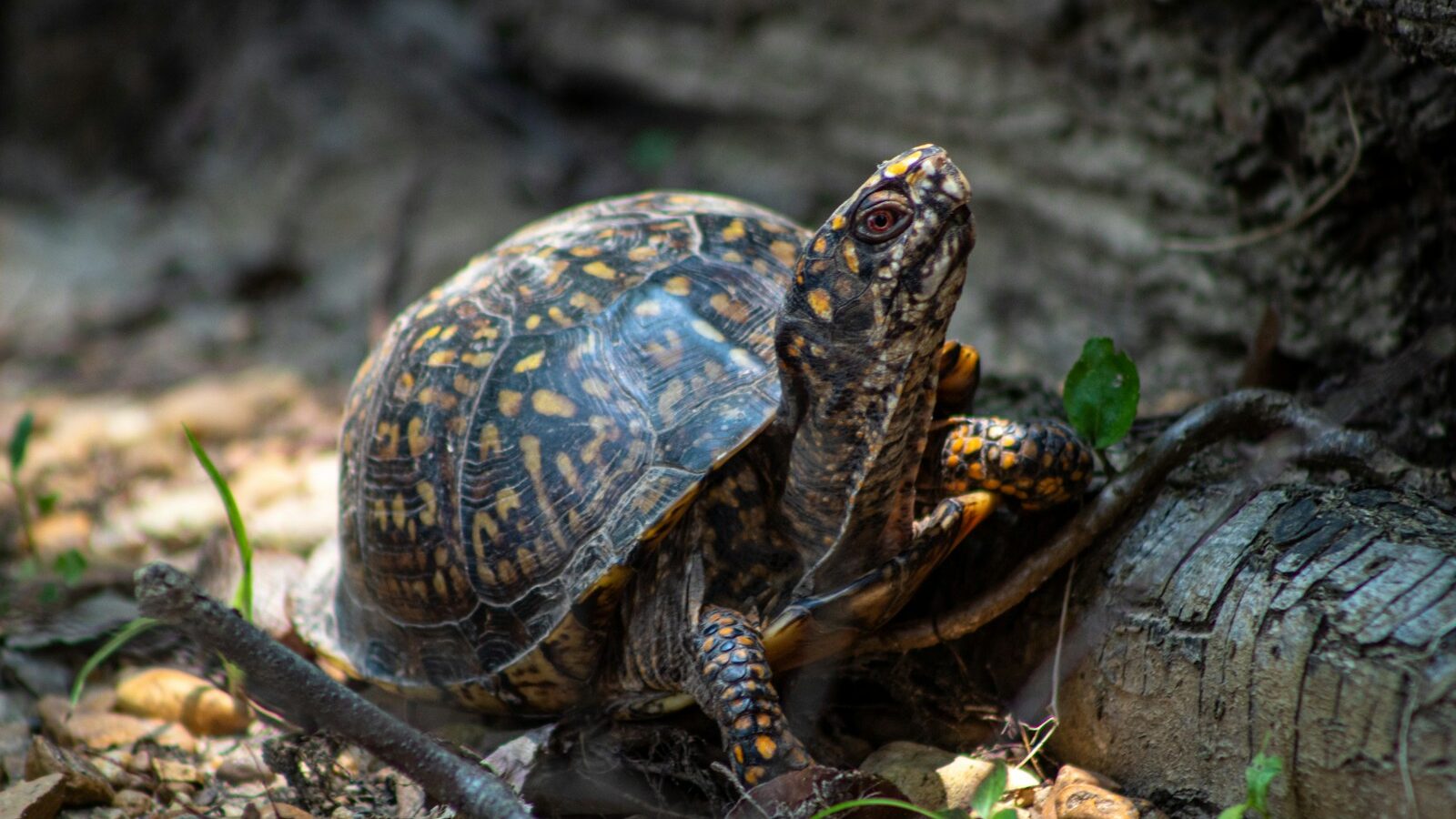
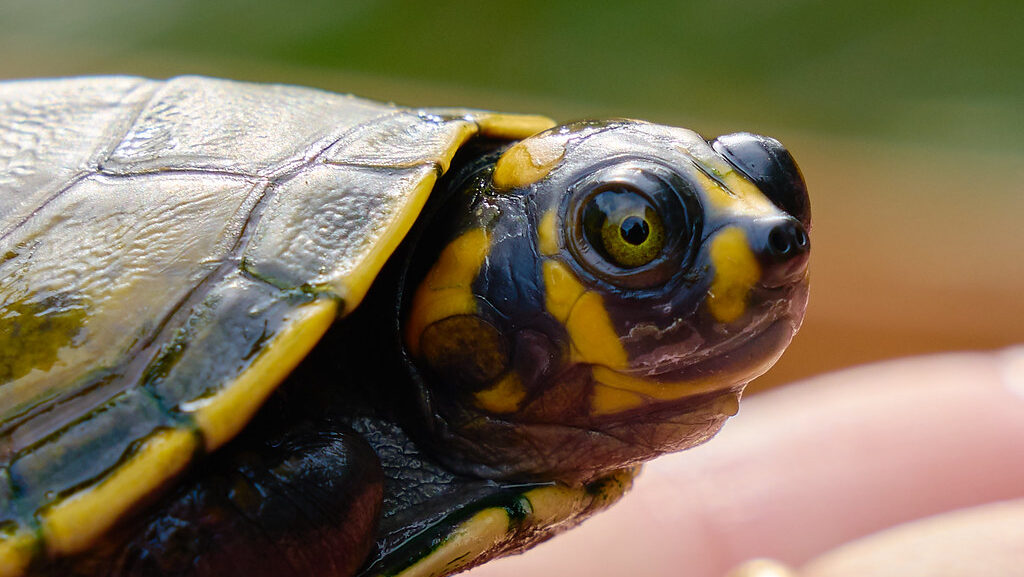
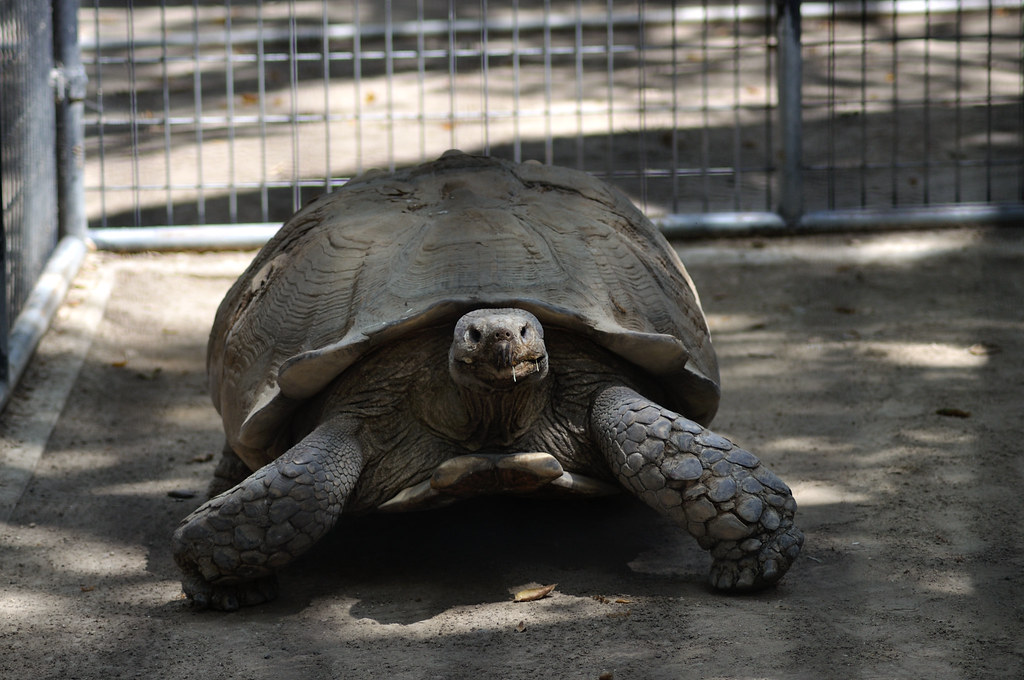

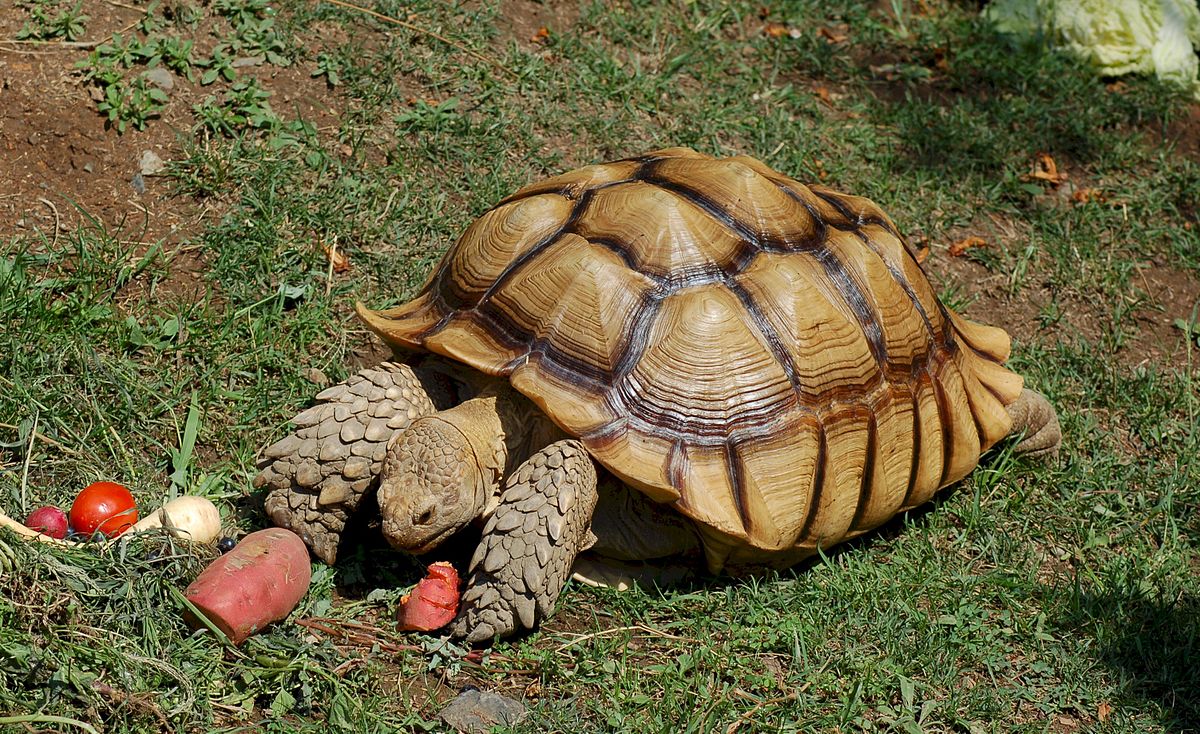
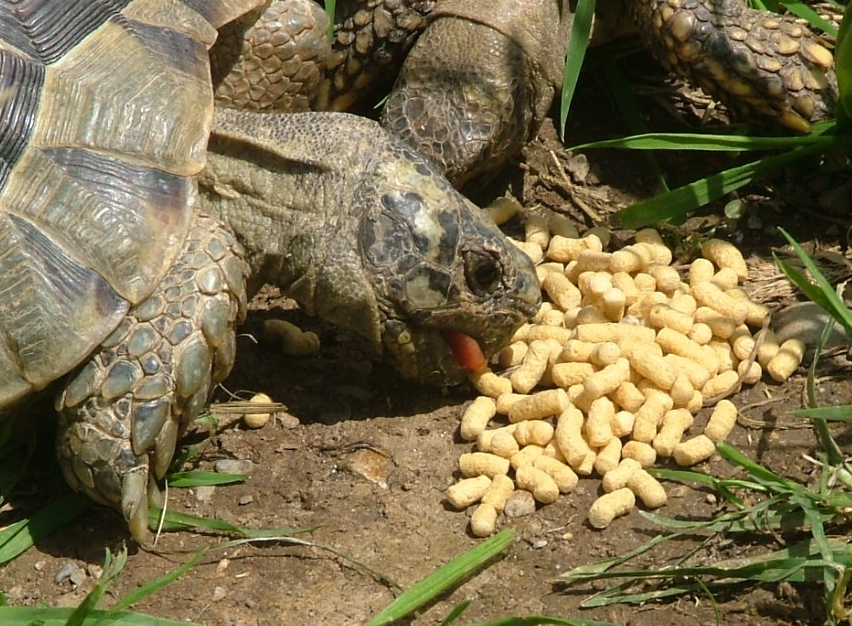



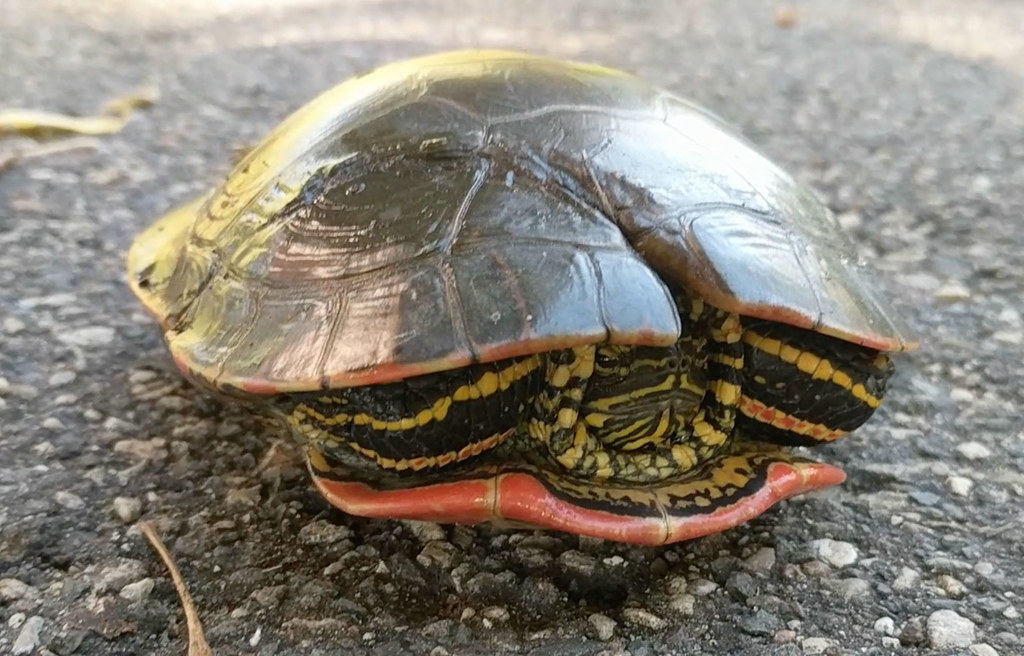
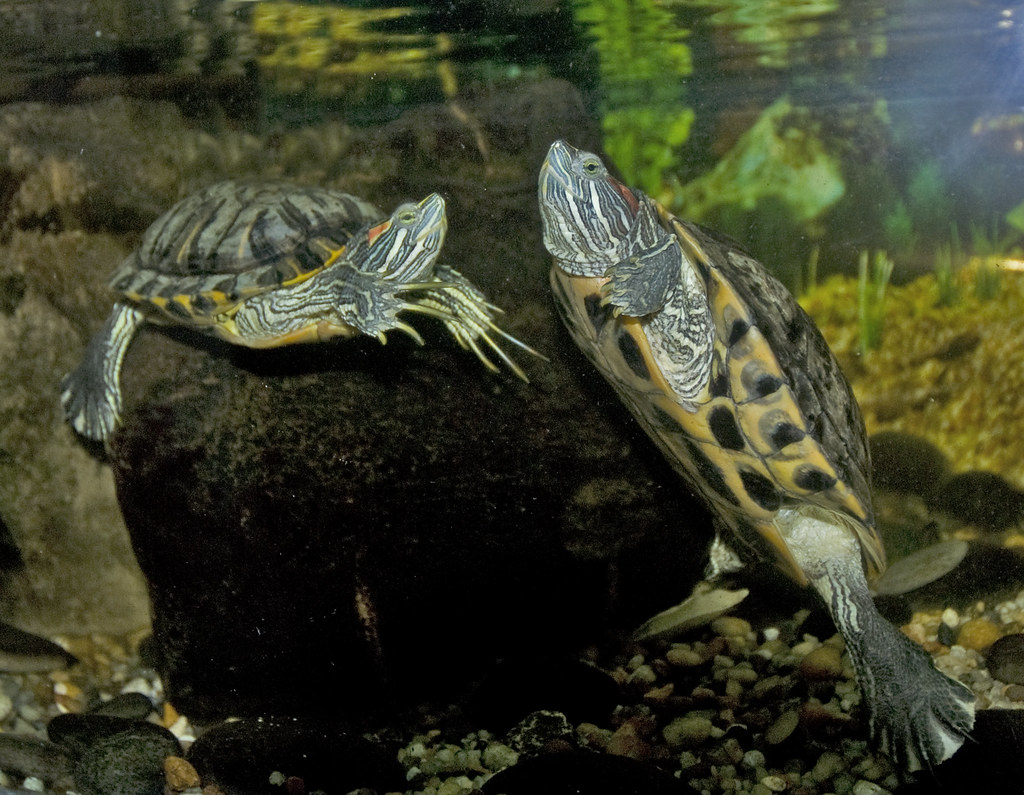




Leave a Reply